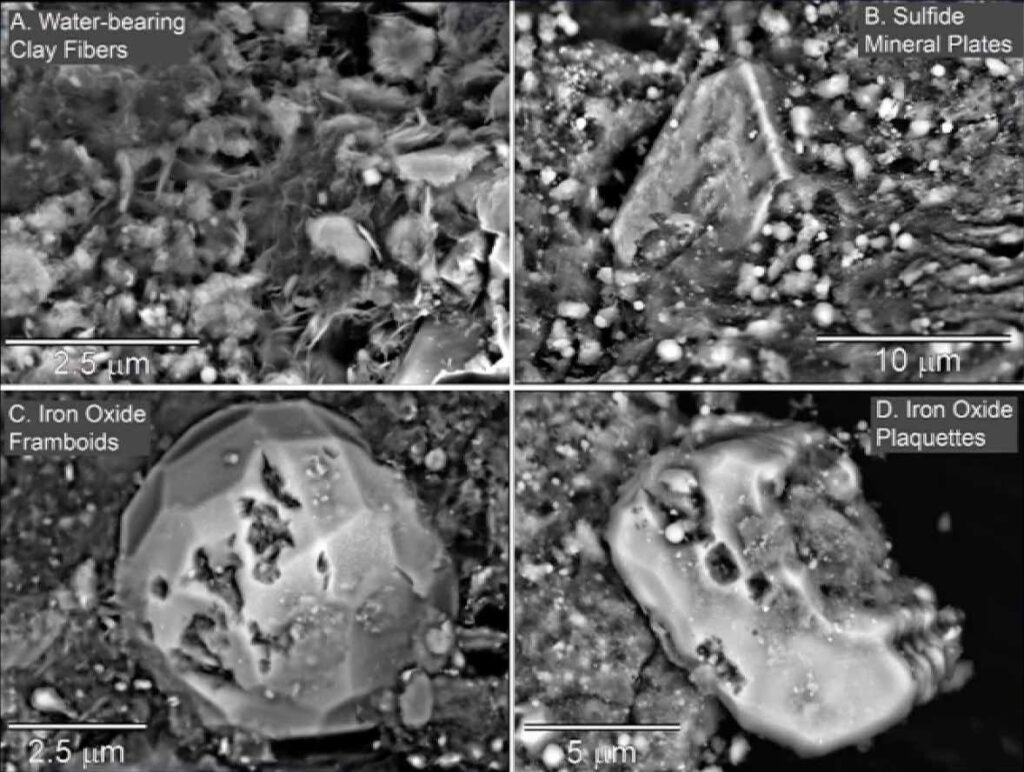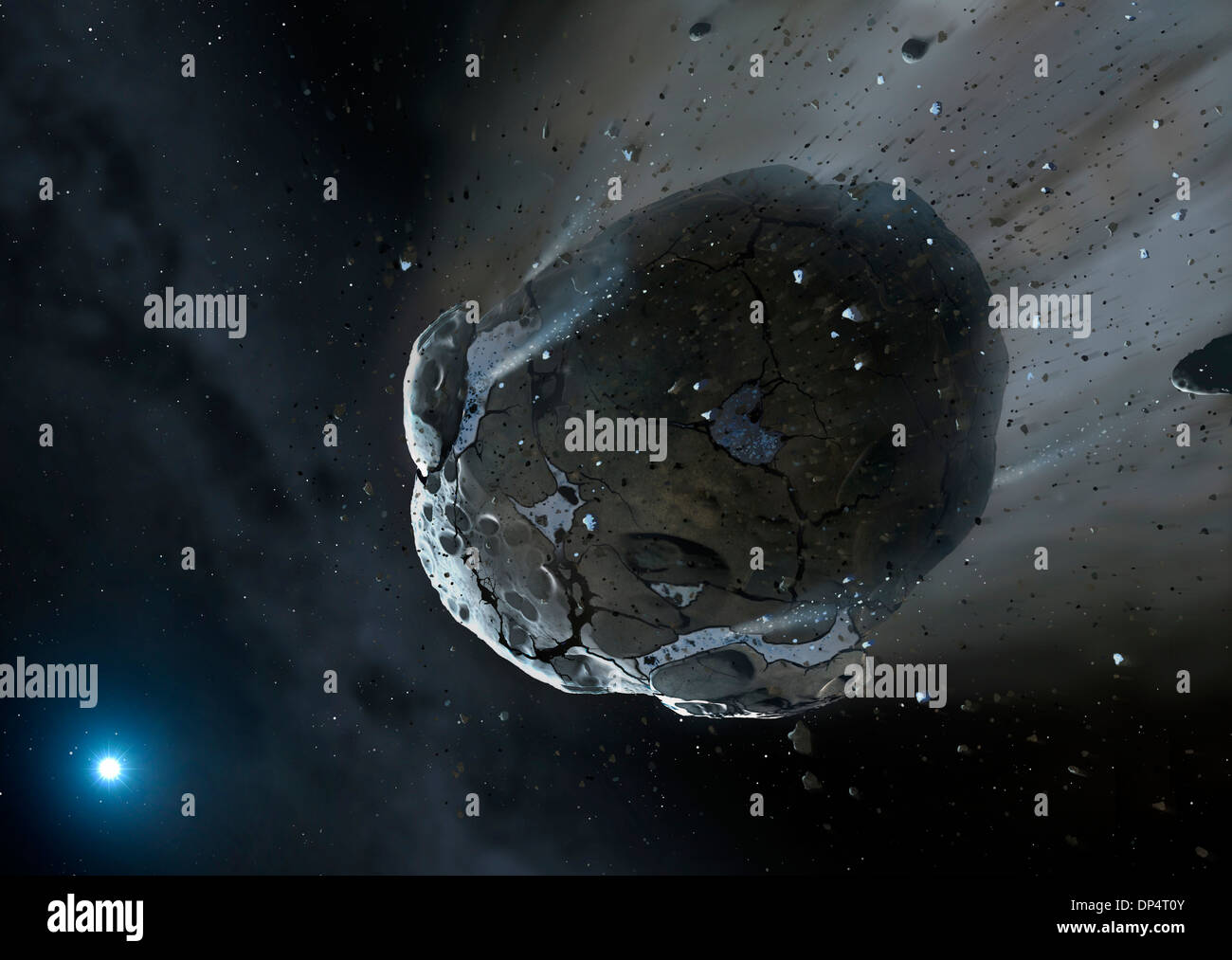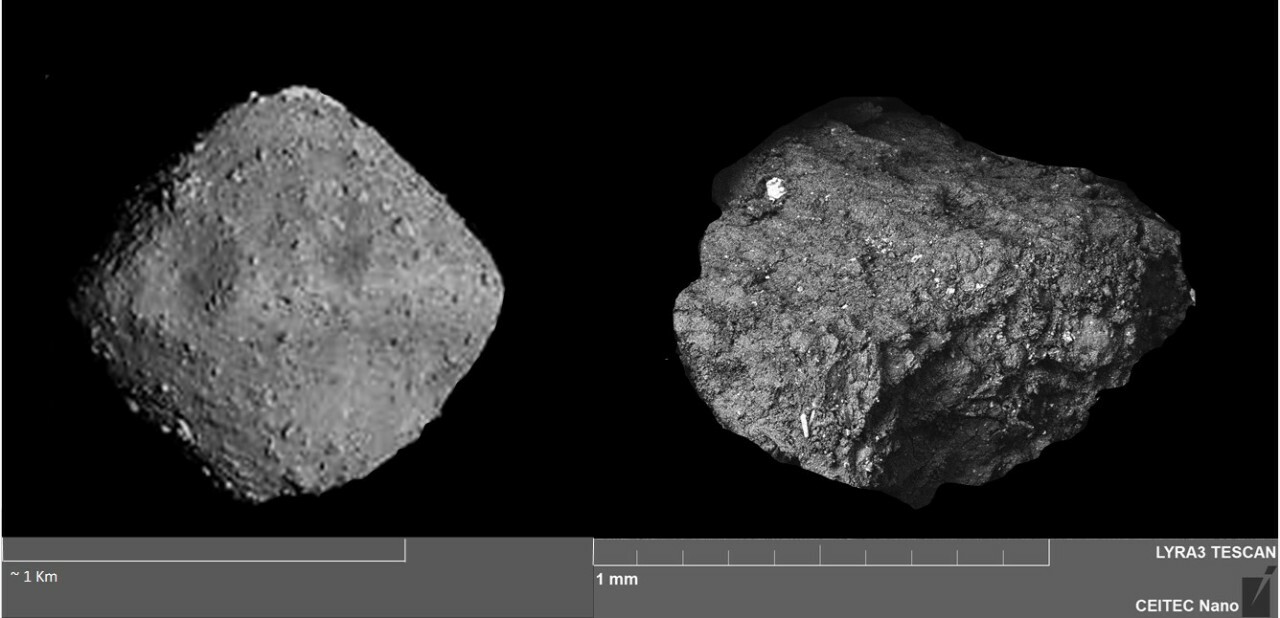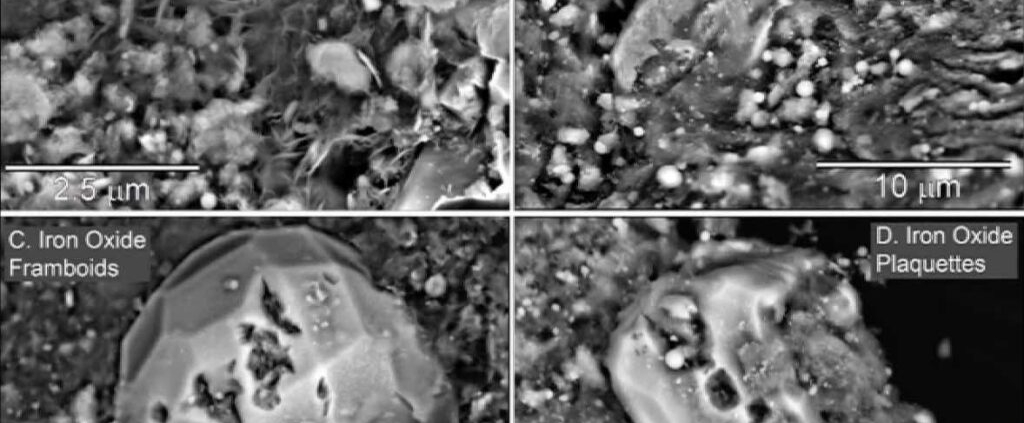NASA’s Bennu Asteroid Sample Offers New Clues About the Origins of Life
Bennu’s Surprising Secrets: What NASA’s Asteroid Sample Reveals About Our Solar System
NASA’s mission to the asteroid Bennu has yielded groundbreaking discoveries, providing new insights into the history of the solar system, the formation of planets, and perhaps even the origins of life on Earth. The samples retrieved from Bennu have uncovered unexpected chemical compositions and processes that challenge long-standing theories about how asteroids evolve.
A Unique Discovery: Bennu’s Missing Chondrules
Before the OSIRIS-REx spacecraft visited Bennu, scientists expected the asteroid to contain chondrules—small, round grains of minerals that are found in most primitive meteorites. These chondrules are thought to be some of the oldest building blocks of planets, possibly formed due to early high-energy events in the solar system, such as supernovae or intense stellar emissions.
Surprisingly, Bennu’s samples contained none of these chondrules. This initially puzzled scientists, but further analysis suggested that water-alteration processes had destroyed or transformed them over time. The presence of water-modified minerals indicates that Bennu originally came from a much larger body—possibly a protoplanet or an early planetary fragment—that experienced liquid water interactions before breaking apart.

Signs of an Ancient Water World
One of the most significant discoveries from Bennu’s sample is the sheer abundance of water-altered minerals, including magnesium phosphate. This fragile mineral is rare on Earth because it typically degrades quickly when exposed to our planet’s environment. Its detection in Bennu’s sample suggests that the asteroid—or rather, the parent body it originated from—once contained large amounts of liquid water.
The presence of such water-rich minerals supports the idea that Bennu’s origin may be linked to water-bearing bodies in the solar system, similar to Saturn’s moon Enceladus or Jupiter’s moon Europa, both of which are thought to have subsurface oceans. This finding strengthens the hypothesis that key chemical ingredients for life may have been spread throughout the solar system via asteroid collisions and planetary fragmentation.

Organic Molecules and the Ingredients for Life
Beyond the mineral composition, Bennu’s samples contain a remarkable abundance of organic compounds, including nitrogen-based molecules, amino acids, nucleic bases, and complex salts—many of which are essential ingredients for life as we know it. These findings reinforce the concept of panspermia, which suggests that life’s fundamental building blocks may have been delivered to Earth through impacts with asteroids and comets.
Notably, the compounds found in Bennu appear to have formed in low-temperature, ammonia-rich environments, further suggesting that the asteroid originated from the outer regions of the solar system before migrating inward. This strengthens the connection between Bennu and other icy, organic-rich celestial bodies, such as Ceres, Enceladus, and Europa.
A Link to Planetary Evolution
The analysis of Bennu’s samples reveals further compelling evidence that its parent body once harbored briny liquid water. Researchers have identified a diverse mix of hydrated minerals, silicates, and salt deposits akin to those found in evaporated salt lakes on Earth. This finding suggests that whatever protoplanet Bennu originated from had conditions potentially suitable for prebiotic chemistry—possibly even for the basic processes that later led to life on Earth.
Additionally, the collision that destroyed Bennu’s parent body and created the asteroid itself may have been part of a larger event that scattered water-rich and organic-bearing material across the solar system. The debris from these collisions could have played a role in seeding planets, including Earth, with essential components for life.

The Bigger Picture: What Bennu Means for Future Exploration
The discoveries from Bennu add to the growing body of evidence that early solar system bodies contained extensive water and organic chemistry, reinforcing the possibility that life’s building blocks were widespread long before Earth formed. These findings also strengthen the case for further exploration of other potential ocean worlds, such as Enceladus, Europa, and Ceres, as they may harbor environments conducive to life even today.
This research also parallels previous discussions in cosmology and astrophysics, such as the Hubble Tension and Dark Energy Crisis (link) and the timescape hypothesis questioning dark energy’s existence (link). Both topics challenge long-standing assumptions about the universe, just as Bennu’s findings challenge previous expectations about asteroid composition and the distribution of life’s essential chemicals.
As humanity continues to explore our solar system, each asteroid, moon, or planet we study adds another piece to the puzzle of our cosmic origins. Whether through planned missions to collect samples from other asteroids or the growing interest in sending probes to the icy moons of the outer planets, science is steadily unraveling the mysteries of how the building blocks of life spread across the solar system—and how they may still persist beyond Earth.
Final Thoughts
NASA’s OSIRIS-REx mission has provided a treasure trove of data that will take years to fully analyze, but its early results are already rewriting our understanding of planetary formation, water distribution in the solar system, and the potential origins of life. The story of Bennu is far from over, and its discoveries will undoubtedly inspire future missions, further deepening our knowledge of the universe.









The discoveries from Bennu challenge long-standing theories about water in space and asteroids, offering profound implications for future space exploration and life’s cosmic origins.